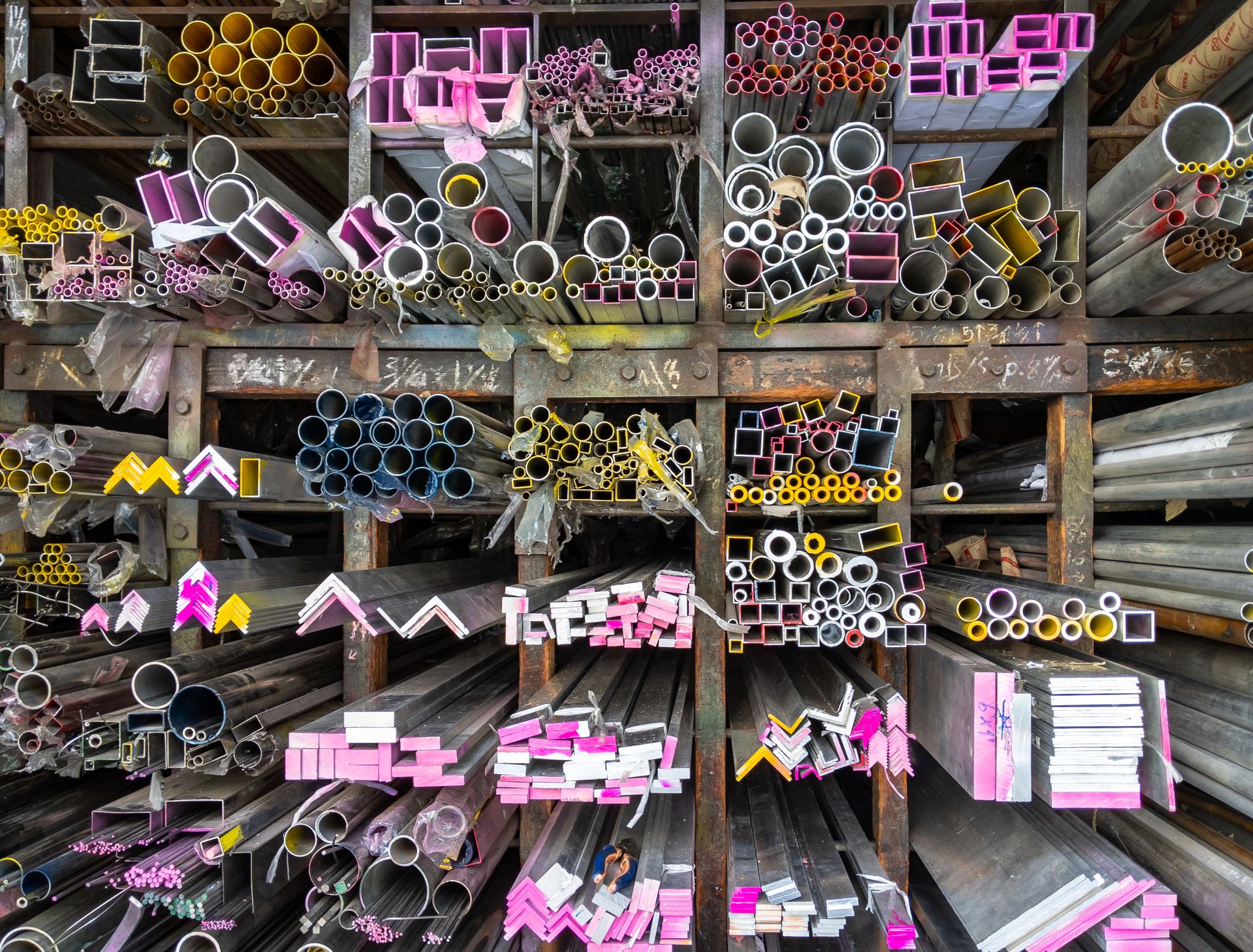Bill of Materials, also known as B.O.M., is a very crucial component in the manufacturing industry.
The Bill of Materials is the list of all the raw materials, components, assemblies, sub-assemblies, sub-components, and parts that are needed to process and produce the end product. The manufacturers will gather a comprehensive list of B.O.M., then they will follow specific instructions or guidelines, to build the end products.
If businesses missed out on one of the components or materials, no doubt that you're are not able to produce the end product. Thus, the entire manufacturing project will be delayed.
The Types of Bill of Materials
It's necessary to keep track of your Bill of Materials promptly. Tracking B.O.M in a timely manner allows you to place an order of the parts and components before these materials ran out of stocks. Therefore, manufacturing operations can run smoothly without much disturbance and errors.
There are two main types of Bill of Materials that you need to be aware of, such as:
a) Engineering Bill of Materials
b) Manufacturing Bill of Materials
Engineering Bill of Materials (EBOM)
The Engineering Bill of Materials is the type of bill of materials (B.O.M.) that shows the finished product's design done by engineering. It's also known as the "as-designed" bill of materials. To create a finished good, it usually revolves more than one engineering bill of materials.
It constitutes all the alternatives and replacement part numbers and parts that produced the finished goods in drawing notes. The product code, part name, part number, description, quantity, unit, dimensions, weight, and other specifications appear in every line of the bill of materials.
Manufacturing Bill of Materials
The manufacturing Bill of Materials comprises all the assemblies, parts, and components required to manufacture the finished goods that will be shipped to the end customers.
It also provides information on how the individual parts and components are related to one another when merge to create a single product. The manufacturers usually integrate the business system such as Enterprise Resource Planning (E.R.P), Material Requirements Planning (M.R.P.), and Manufacturing Execution System (M.E.S.).
All the information related to the bill of materials, manufacturing projects, and project completion timeline are stored in this business system that allows the manufacturers to have full access to the product's completion timeline.
Why is the Bill of Materials Software important?
Most of the organization find that the bill of material software is beneficial when managing, handling, and mitigating the problems that raised between the manufacturing and engineering departments.
Often, without proper tracking and communication, undoubtedly, there will be some conflicts inflicted between these two departments.
The engineering department is the only team that estimates the cost of the B.O.M. and analyze the engineering task involved. So, they have all the knowledge about the design, dimensions, weight, and specification of the products. In contrast, the manufacturing department requires only in building the products based on the B.O.M. Hence; challenges might arise if both the department is not on the same page.
Implementing a good bill of materials software can serve considerable benefits to the company. Here are some of the benefits that your organization will reap from a good B.O.M. software:
a) Clear communication between two departments
b) Real-time tracking of parts, components, assemblies, and materials
c) Increase efficiency and productivity
d) Save cost
e) The ability to oversee, track, and manage the entire product's lifecycle
In conclusion
Sourcing the right bill of materials software is crucial when handling the materials and components in your organization. With the right software, you can manage and track the product's lifecycle easily, collaborate between two departments to ensure everyone is on the same page, and replenish the parts and components when it runs low.

